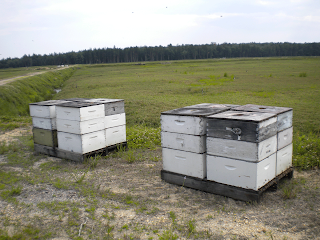OCTOBER 2nd & 3rd • Saturday & Sunday 11-5:00pm
Fine arts & crafts; vintage vehicle show; music & entertainment for everyone!
Questions? Contact Jackie Reed at (609) 298-8066.
Questions? Contact Jackie Reed at (609) 298-8066.
OCTOBER 9th • Saturday 10:30-4:00pm
Featuring the sounds of the Jersey Pines, traditional crafts of the Pines, nature and history programs, kids' programs and Piney Vittles!
Questions? Contact Wells Mill County Park at (609) 971-3085.
OCTOBER 10th • Sunday 11-4:00pm
This daylong event, held at historic Whitesbog Village in Browns Mills, celebrates all aspects of the Pine Barrens. This year expert speakers and tour guides will bring visitors on real and virtual tours of the ecosystem and its history. Musicians celebrate the region in song and exhibitors proudly show their wares. Releasing a rehabilitated wild bird marks the official start of the festivities and the importance of this region as a haven for wildlife. Great food and children's activities round out the day. Parking is $7.
Questions? Contact pines@bcc.edu or call (609) 893-1765.
OCTOBER 16th & 17th • Saturday & Sunday 9-4:00pm
The Cranberry Festival is a celebration of New Jersey's cranberry harvest, the 3rd largest in the United States, and offers a tribute to the Pine Barrens & Culture.
The main attraction is the diverse showing of many artists & craftsmen, some of whom will be demonstrating their crafts as well as displaying them for sale.
Admission to the festival is FREE.
A donation of $5.00 will be accepted if you use our highly recommended parking area at the school located off of Second Street.
A donation of $5.00 will be accepted if you use our highly recommended parking area at the school located off of Second Street.
Questions? Contact lgiamalis@aol.com.






